If you're looking for a gorgeous houseplant to expand your collection but are concerned that you don't have a green thumb, do not be alarmed. I'm pleased to introduce the genus Aglaonema. Aglaonemas are a classy, lovely, and easy-care family of houseplants that come in a bewildering range of hues, from green to red, basic to variegated, and everything in between!
Everywhere you look, the Aglaonema is indeed a constant on lists of favorite houseplants! It's challenging to find a more adaptable stunner with its distinctive and luxuriant leaves, simple maintenance requirements, and ability to fit into almost any home or office setting.
What are precisely Aglaonema Plants?
The arum family, or Araceae, includes the genus Aglaonema, which comprises flowering plants. This plant, also known as the "Chinese Evergreen," is indigenous to Asia, New Guinea, and other tropical and subtropical regions. Chinese evergreens are wonderful interior ornamental plants that can be potted and maintained year-round because they grow slowly. Aglaonemas often have vivid colors and patterns on their leaves. They all bear spring or summer season blossoms. Aglaonema are sometimes known as Philippine Evergreen and Poison Dart Plant
Why is Aglaonema/Chinese Evergreen referred to as "Poison Dart Plant"?
Since the plant sap and other sections contain calcium oxalate crystals, which make them dangerous for both humans and animals, these are also known as poison dart plants. Any touch with leaves or sap may irritate the skin and the eyes.
Symbolism
According to Feng Shui, aglaonema, also known as the Chinese Evergreen, is a lucky plant and is thought to bring good fortune, success, and prosperity. Its endurance, ease of growth, and spectacular look are regarded to be advantageous to the citizens' well-being and financial prosperity.
How many different Aglaonema plant species are there?
One of the reasons I adore this plant species a lot is that there are so many different varieties, including several Aglaonema with eye-catching, vibrant variegation! Due to their popularity, cultivators have been inspired to create ever-more-interesting Aglaonema cultivars and variations.
Chinese evergreens come in over a hundred different varieties, so we won't be able to cover them all here.
The aglaonema light pink can satiate your curiosity and cheer up your collection if you enjoy foliage plants in various colors. An outstanding indoor plant that can flourish in low light and will reward you with lovely pale pink leaves. The plant is fuss-free, simple to maintain, and effective in purifying the air.
The Aglaonema Red Lipstick plant is mostly utilized in interior landscaping and as a decorative plant. According to NASA, this lucky ornamental plant is an indoor air-purifying plant. It is fashionable, simple to cultivate, and requires little light. It has exquisite dark green foliage that has brilliant crimson or pink splashes on them.
Aglaonema Anjuman is a beautiful, slow-growing plant that makes great foliage. It has short stems with broad, oval leaves that are shiny and big. The best part is that it does not like direct sunlight, making it ideal for interior use, especially if window light is scarce in your house. The Chinese Evergreen Aglaonema can filter indoor air pollutants and toxins, which helps to improve the quality of the air in your indoor spaces. This lovely indoor plant emits oxygen, which helps to improve health and well-being, and productivity in both living and working environments.

A slow-growing decorative houseplant is the Chinese Evergreen, Aglaonema Red Valentine. The Red Valentine has attractive leaves with sporadic splashes of dark green and rose-pink color. The petiole, midrib, and margin are all dark green. They have been shown to eliminate the formaldehyde and benzene toxins that are found in residential settings and to lessen the irritating side effects for people. For the colors to stay vibrant, they perform best in bright, indirect light.
Aglaonema "Maria" is a gorgeously patterned tropical aroid that is ideal for beginners because it requires very little maintenance. This Chinese Evergreen is very adaptable and versatile, tolerating low light levels and requiring just sporadic maintenance care.
Compared to some of the other plants offered, Aglaonema Maria has wider but shorter leaves. Additionally, it appears considerably lower and more compact, making it simple to miss. The glossy dark green foliage is covered with tiny silvery spots, which makes the plant stand out.
Red Stardust Aglaonema is a hybrid type of stardust that distinguishes out for its unusual foliage that resembles shiny, dark red dust that has been sprinkled over green foliage, turning the leaves fully crimson when exposed to harsh indirect light.
Aglaonema Snow White is a tough, drought-tolerant, low-maintenance, air purifier, and good luck-bringing houseplant. It thrives incredibly well in an indoor environment without frequent feeding or watering. One of the most popular decorative plant cultivars is the superb shade plant aglaonema. Every home has plants, and each one is unique due to the 150+ incredibly exquisite hybrid types that come in various forms, tones, and hues.
Aglaonema Pink Beauty is the plant for you if you've never planted a garden before and are seeking something simple. It is also known as the Chinese Evergreen, and it thrives in minimal water and dim indirect light. Its vivid pink leaves give any room or décor just the proper amount of funk and color. Stunning both by itself and in groups of plants thanks to its lovely pink leaf.
Broad, lovely, pastel pink leaves on Aglaonema China Red fade to pale, then turn lush, deep green as they approach the margins. Aglaonemas are among the most fascinating and aesthetically pleasing houseplants, as well as one of the easiest to grow. Keep in indirect light that is between medium and bright.
The gorgeous white stem of this low-maintenance plant includes long decorative leaves. It requires very little upkeep and may tolerate some shade or poor light.
Let's glance at some more interesting varieties of Aglaonema
Aglaonema Cory
This aglaonema cultivar develops attractive leaves with fluffy silver-green stripes on white or cream stalks. It can withstand the cold equally well.
Aglaonema Amelia
Another lovely species with variegated dark green, silver-gray leaves is called "Amelia." With few requirements, the lush vegetation can make the corners incredibly beautiful.
Aglaonema Pink Moon
It is a pretty plant that can survive in low light. It's incredibly beautiful because of the pink and white freckles and patches on the foliage.
Aglaonema Silver Queen
Silver Queen is most likely the most well-known and frequently-grown species and is widely regarded as the gold standard of Chinese evergreen plants. It does well in low to moderate lighting circumstances, and its leaves have a cream pattern on a dark green background.
Aglaonema Silver King
With the exception of not having quite as many chevron-shaped stripes running across their leaves, Silver King and Silver Queen are quite similar.
Want to purchase a unique Aglaonema by now? For buying almost any plant, ChhajedGarden is one of my favorite and most useful one-stop shops. Check out the Aglaonema collection right now!
Benefits of owning an Aglaonema Plant
Aglaonemas are common indoor plants that continue to gain popularity as new and interesting varieties hit the market. Aglaonemas are common indoor plants that continue to gain popularity as new and interesting varieties hit the market. These plants are worth buying because, in addition to their wonderful appearance, they have numerous advantages from health to interior design. In order to persuade you that you require an aglaonema in your home, the following section will go through all of its advantages and purposes.
Purification of air
The 1989 NASA Clean Air Study is probably well-known to anyone who has been around the houseplant world for a long. This study examined various common houseplants in isolated chambers and evaluated which Volatile Organic Compounds (VOCs) they eliminated from the air in order to determine the effectiveness of plants in cleaning the air in space stations.
This study included aglaonemas, specifically Aglaonema modestum, and the findings were encouraging. This plant aids in the removal of harmful gases from the environment, including benzene, formaldehyde, and carbon monoxide. This colored-striped foliage plant is regarded as a good indoor oxygen producer.
Related to Feng Shui
Chinese Evergreens are an excellent addition to any room of the home for people interested in Feng Shui. The positive energy these plants emit comes from their placement in well-lit parts of the house. They are valued in Feng Shui for their capacity to purify the air and are also connected to luck.
Easy to maintain
Any species in the Aglaonema genus should be quite easy to grow in terms of care. These plants don't require much care, are adaptable to many situations, and may even tolerate some neglect. They will typically be content all year long, letting you know if they are having trouble in advance.
Chinese evergreens are known to thrive quite well under lesser light circumstances, despite the fact that they need bright indirect light. Although they love a moist soil mixture, they may manage without much difficulty if watering is omitted. They consume a lot of nutrients and need fertilizers to keep healthy. Additionally, you shouldn't encounter too many typical aglaonema pests, diseases, or bugs. In essence, raising this well-known plant won't be too difficult for either novice or experienced plant parents.
Decorative Beauty
Chinese Evergreens are frequently chosen for their ornamental appeal, particularly when starting a collection of indoor plants. You have a plethora of positioning options in your home with the huge leaves because they complement any interior design and come in a variety of patterns and hues.
One of the most well-liked varieties at the present is Silver Bay, which has silver leaves with a green border that are pointed and long. Aglaonema Pictum Tricolor, which has leaves that resemble a camouflage of white, green, and emerald, is another plant that has popularity on social media.
Accepts Varying Lighting Conditions
Bright indirect light is ideal for most tropical houseplants. The light levels inside are the most similar to the dappled sunshine under trees that characterize their natural habitats, which promotes growth and offers the environments they adore.
But not everyone's homes are equipped with the exact, optimal amount of light. You might have a window covered by a nearby structure or an apartment with a north-facing orientation, which keeps the sun out for most of the day. The Aglaonemas enter the picture here.
Chinese Evergreens are one of the few species of plants capable of surviving in low-light conditions because their large leaves can efficiently absorb sunlight. To maximize the little available sunshine, choose species with dark green foliage.
Is beneficial for allergies patients
The search for natural remedies and any type of relief is never-ending for many allergy patients. You could wish to add a few houseplants, like the Chinese Evergreen, to your area to aid you on your journey. These plants are thought to lessen allergy triggers without aggravating others, as some houseplants have a tendency to do. This is due to their capacity to remove toxic substances from the air.
To enhance your capabilities while you sleep, grab an Aglaonema and put it close to your bed. Alternatively, place a couple in your living area to maintain clean, fresh air during the day. The leaf's hypo-allergenic qualities can be negated by dust accumulation due to the broad surfaces, so make sure to clean them down periodically with a moist cloth.
A guide to care for Aglaonemas
A Chinese evergreen can be the best option if you're seeking an attractive, low-maintenance houseplant. The plant is well-liked for its hands-free maintenance, and it's easy to take care of as long as you stick to one straightforward rule: The lighter the variegation on the plant's leaves, the more sunshine it will require. You shouldn't have any trouble assisting your particular Chinese evergreen to flourish once you comprehend how that applies to it. Beyond that, maintain warmth and moisture for your plant, and you'll be blessed with a reliable houseplant that won't quickly outgrow its container.
Let's now go into how to make your Aglaonema or Chinese Evergreen thrive!
Sunlight
These plants thrive in low, medium, or high-light environments in houses. They'll add a dash of greenery and prosper in locations where other houseplants will have trouble. The variegated types of Chinese evergreens require a little more intense light than the darker green varieties, which can grow in near-shade. Regardless of the type of plant, take care to keep it out of direct sunshine, which may quickly burn the plant's fragile leaves. The ideal temperature is from 65 to 80 degrees Fahrenheit. Cold damage can occur at temperatures below 60 degrees Fahrenheit.
Water
These plants prefer simply damp or moist soil. Your plant might only require watering every two weeks in the winter and if it's in a spot with less light. It might be necessary to water once or twice a week in areas with more lighting or in warm climates. If everything goes according to plan, you won't ever notice any of the warning indications as you've been taking care of your plant as we advised above, right?
Soil
In the end, the Chinese evergreen doesn't really care what kind of soil it is planted in. Normally, the plant does best in well-drained, somewhat acidic potting soil. Try adding some sand or perlite to your selected soil to help with drainage if you notice that it is retaining too much water. Additionally, make sure your Chinese evergreen is planted in a pot with lots of drainage holes at the bottom.
Temperature
The ideal temperature is from 65 to 80 degrees Fahrenheit. Chinese evergreens are unquestionably frozen babies, so keep cold areas and cold winds to a minimum. Cold damage can occur at temperatures below 60 degrees Fahrenheit. The warmer a location you can locate, the better, so keep your Chinese evergreen away from windows or vents that blast in cool air.
Humidity
Chinese evergreens favor humid air with a humidity level between 60 and 70 percent. Use a room humidifier, spray plants periodically, or place pots on a shallow tray filled with pebbles and water to increase humidity. Don't let pots sit in water that is still. In a space with more humidity, such as a bathroom or kitchen, plants can also be kept.
These hardy plants would prefer high humidity if given the option, but they can still survive in low-humidity situations. However, if the air in your house or place of business is extremely dry, you can spend money on a compact space humidifier.
Fertilizer
For optimal results, fertilize your Chinese evergreen twice a year, at the start and end of its growing season, with slow-release granules or liquid fertilizer.
Expectation for growth
This plant grows slowly in general. Warm temperatures and bright light conditions can accelerate growth. Growth will be significantly slower if the temperature is lower or the light levels are lower. Very dim environments make it very unlikely for plants to sprout any new growth at all.
Chinese Evergreen Potting and Repotting
Standard peat-based potting soil works well for this plant's growth. To enhance drainage, it may be a good idea to use some perlite or sand. A pot can be made of any material, though it's typical to use an attractive clay or ceramic pot with good drainage. Every two to three years, in the spring, plant them again. Before repotting, Chinese evergreens sometimes have a little root bind. The potting mix should always be moist, however throughout the winter, irrigation can be significantly reduced.
Propagation
Stem cuttings or division of the plants during repotting are two methods for propagating Chinese evergreens. Chinese evergreens should not be propagated until the mid-summer's, when the temperature is at its warmest.
Steps for using stem cuttings method for propagation
Take a stem that is several inches long from the mother plant using a clean, sharp cutting tool.
Put the cutting in a glass of water in a spot of indirect sunlight after dipping the bottom end in root hormone. In three to four weeks, roots should start to form.
Transfer the cutting carefully and gently to a pot filled with potting soil that drains well, and stays moist.
Steps to propagate by division method
Carefully place the pot on its side. The soil on the container's sides can be loosened with a shovel. Remove the plant and dirt from the pot gently.
Shake off the dirt from the roots gently. To separate a clump for repotting, softly peel apart the roots
Repot the cluster in a container with potting soil that drains properly.
For a few weeks, until they are established and less stressed, keep the original plant and the newly divided plant slightly more wet.
Plant diseases and pests
The Chinese evergreen can infrequently catch a typical houseplant ailment like scale, mealybugs, or spider mites, while not being very vulnerable to pests or illnesses. A pesticide or neem oil can be used to treat them. The majority of other problems result from overwatering the plant, and fungal difficulties (including root rot) are symptomatic of an overwatered Chinese evergreen.
Pet Friend or Foe?
According to the American Society for the Prevention of Cruelty to Animals (ASPCA), Chinese evergreen is poisonous to dogs and cats because it contains calcium oxalate crystals.
Your cat or dog may exhibit symptoms of pain, inflammation, and swelling in the mouth, tongue, and lips, as well as vomiting and trouble swallowing, if they have consumed aglaonema.
Common issues with Aglaonema and how to fix them
Leaves that are curling, limping, or droopy
Check your soil if your leaves are curling and beginning to look droopy. Droopy leaves may be a sign of inadequate sunlight or insufficient watering. Aglaonema leaf may curl under if it is exposed to too much direct sunlight to prevent burning.
Your soil is most likely entirely dry at this point. We've all done it before.
You might need to put in a little extra effort if your soil has become really dry in order to get it to accept moisture once more.
Have you ever tried to water a plant that had become really dry and found that the water just rushed right through and didn't seem to soak into the soil?
Simply run water through the pot repeatedly until your soil has absorbed additional water to correct this. By lifting up the pot, you can frequently determine the difference. Once the dirt is soaked, it will feel significantly heavier.
Alternatively, you might enable your plant to soak up water from the bottom of a container of warm water (do not use cold). A bucket, bathtub, plastic tray, etc. are all acceptable options. Simply make sure you have at least 2-3 inches of water, and wait at least an hour before throwing away any extra.
Leaves turning yellow
Does a leaf ultimately turning yellow after a while make sense? Absolutely.
But as soon as you notice any yellow leaves, you should always check the soil moisture. especially if your plant suddenly seems to have some yellow leaves. Inadequate soil moisture is a common cause of yellowing leaves (either too dry or too wet). You need to have a balance in the soil's moisture to stop fading leaves. Never let your plant stay wet for extended periods of time, and never let your soil to fully dry. A drainage hole should always be present because aglaonemas don't appreciate having damp feet. Make sure to remove any extra water from the pot after it has drained out. If your plant is left in perpetually wet soil or water, root rot will develop quickly. Attempt to let the topmost inch or two of soil dry out before watering again to stop yellowing leaves. The major strategy for preventing yellow leaves is this.
Brown, crimpy leaf tips
It's most likely because your soil is too dry if the tips of your Chinese Evergreen's leaves are turning brown and crispy. To be certain, feel the soil. Give it a good watering if it is dry. All of your future leaves should look good with regular good watering, even though your brown tips won't become green once more.
FAQ's
Are Chinese evergreens simple to maintain?
They are quite simple to grow indoors. The best part is that they don't like direct sunlight, making them ideal for practically any area in your house, especially if window light is scarce.
What place should You put your aglaonema?
The optimal location for this plant is a few feet from a bright window where it can get bright diffused light, but certain Aglaonema cultivars can handle fluorescent illumination as well as lower light levels.
How quickly does a Chinese evergreen grow?
Chinese evergreens grow slowly, so repotting is only required every two to three years.
Is Aglaonema an auspicious plant?
According to Feng Shui, aglaonema, also known as the Chinese Evergreen, is a lucky plant and is thought to bring good prosperity.



















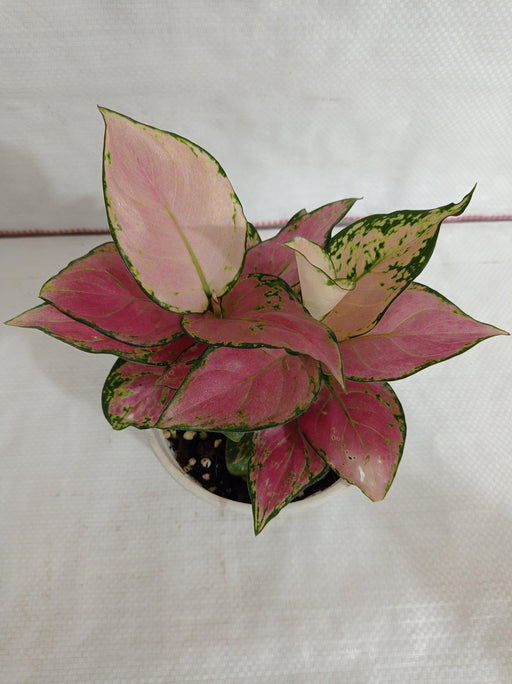
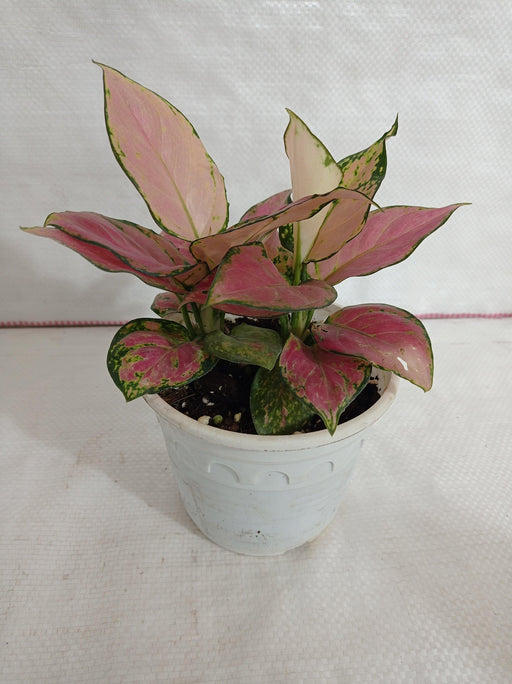
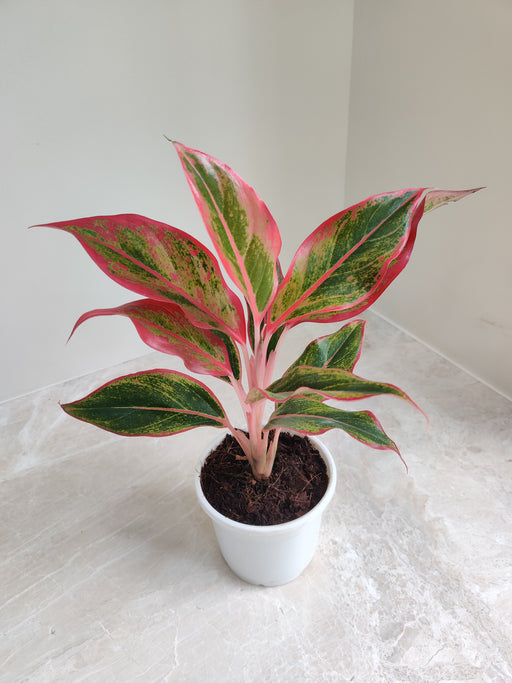
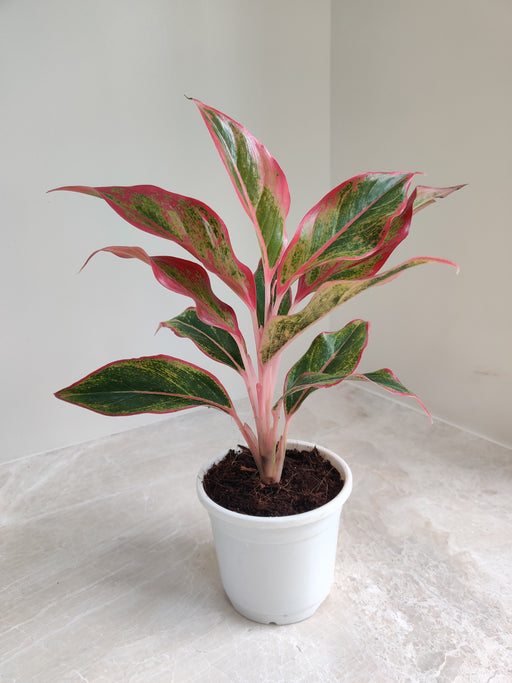
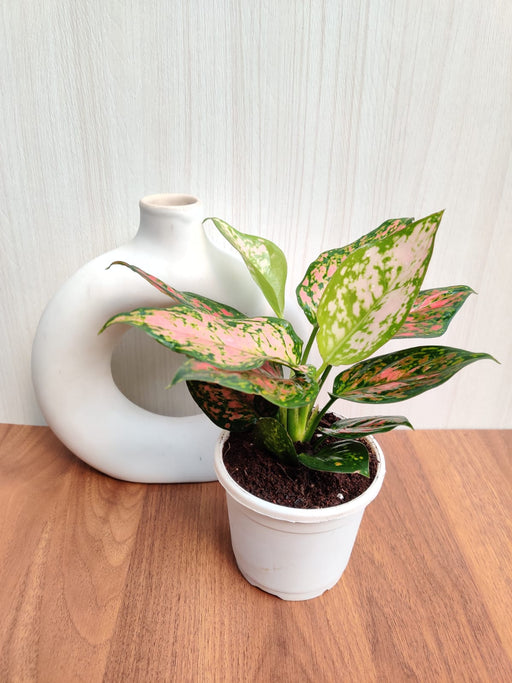
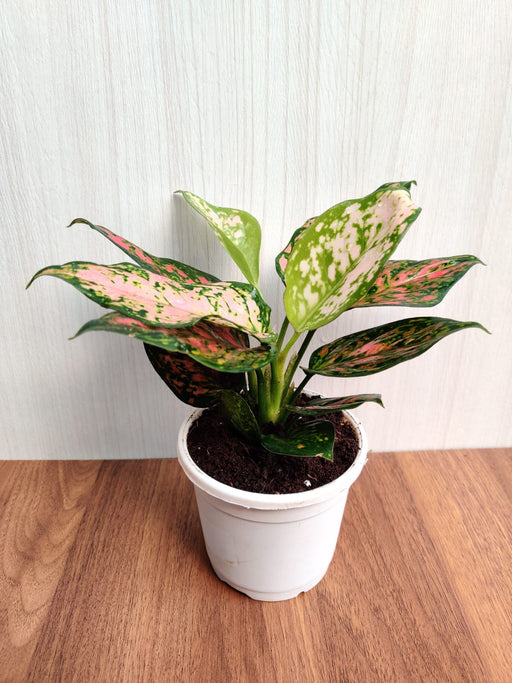
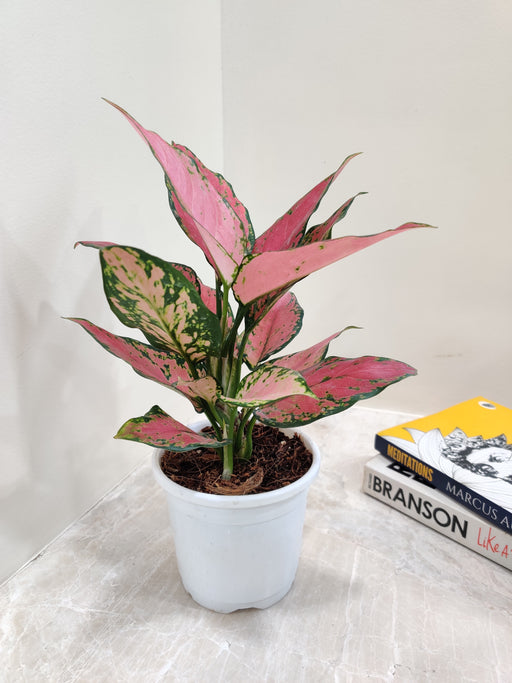
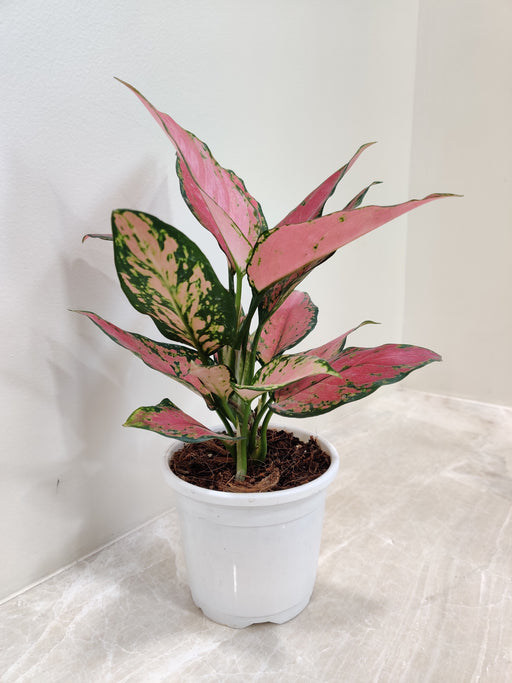
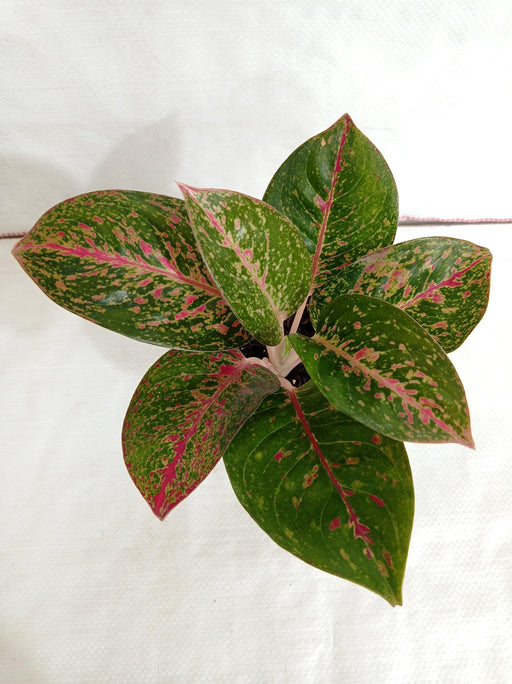
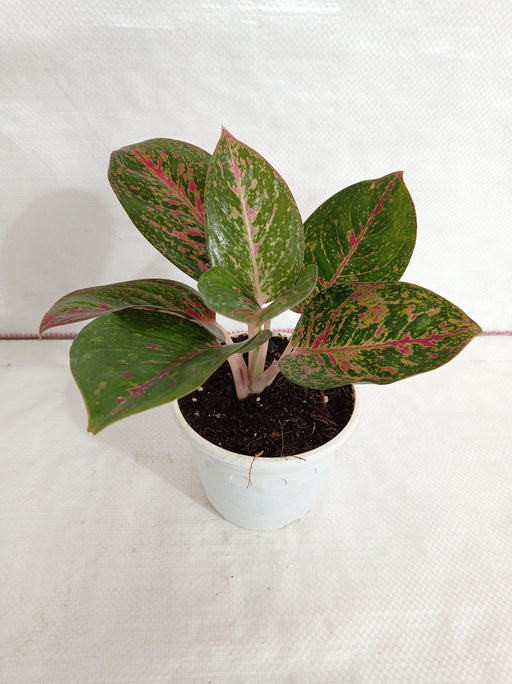
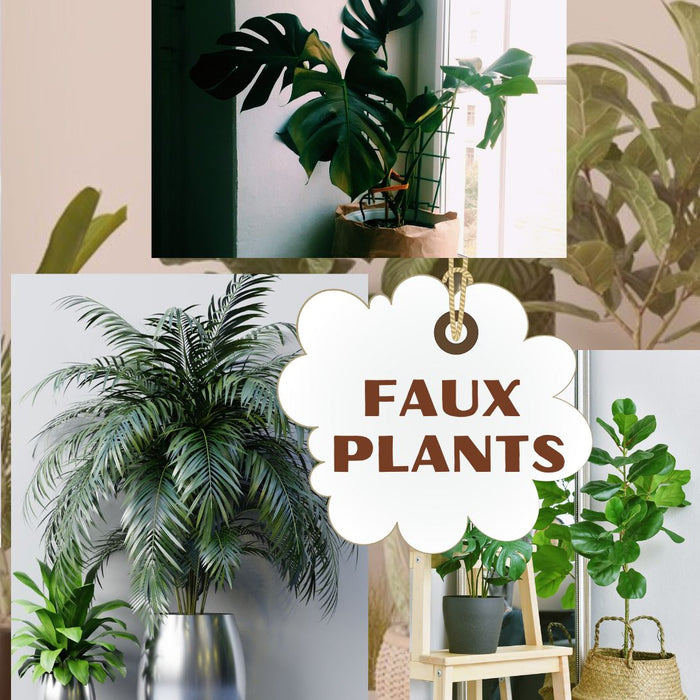
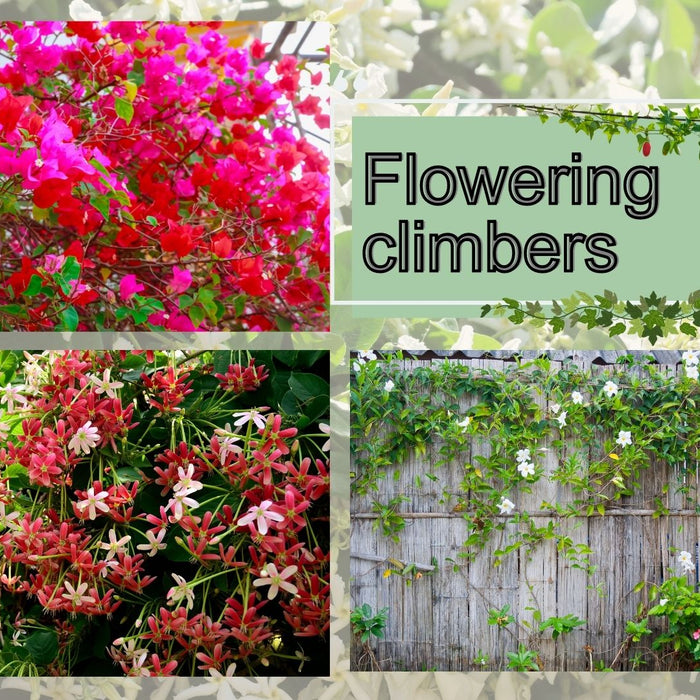
Leave a comment